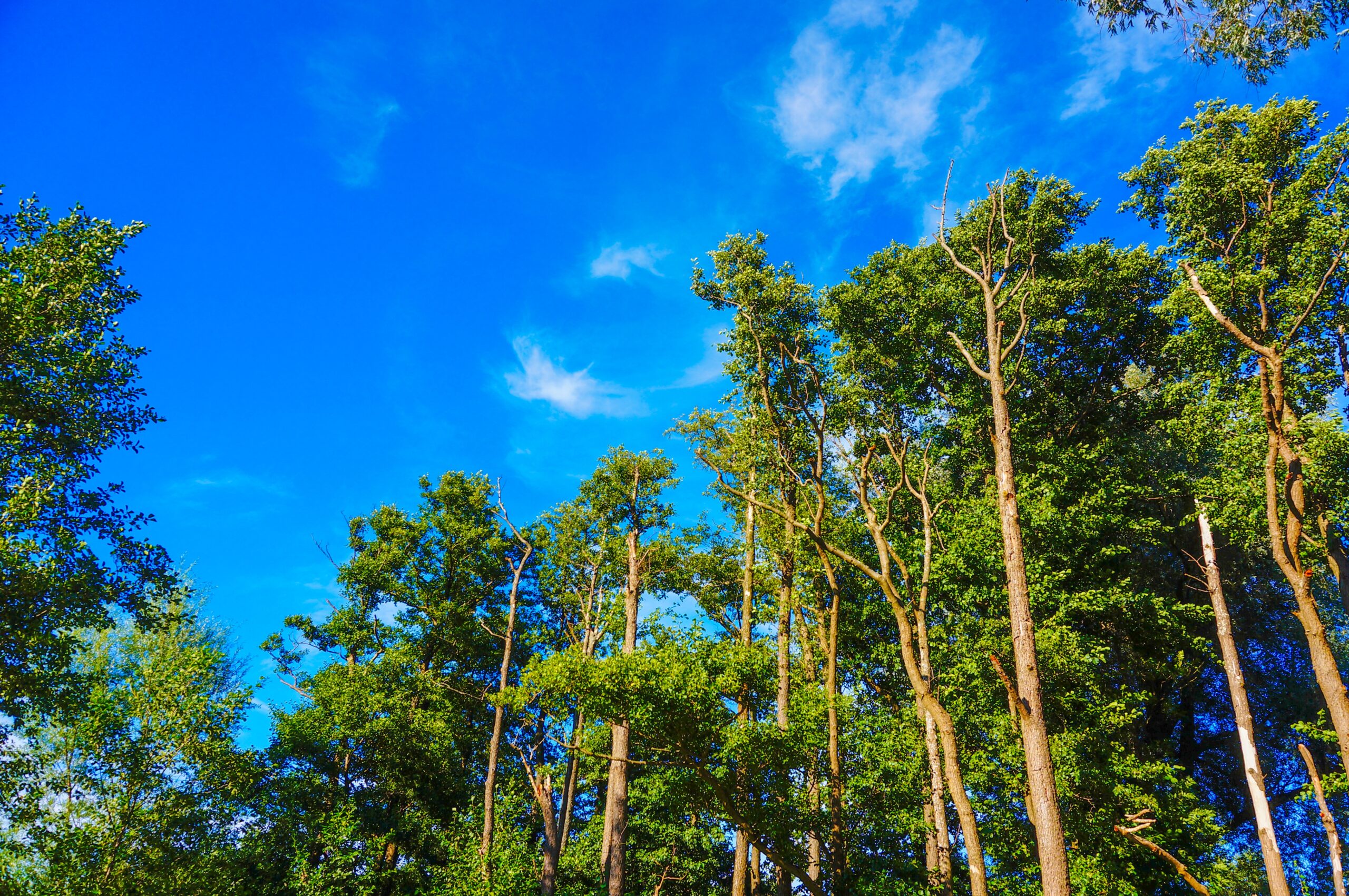Biodiversity—the variety of life on Earth—is the bedrock of healthy ecosystems, providing essential services such as pollination, nutrient cycling, and disease regulation. However, human activities, including deforestation, habitat fragmentation, and climate change, have led to unprecedented biodiversity loss worldwide. In the face of this crisis, indigenous trees emerge as champions of biodiversity enhancement, serving as keystones in diverse ecosystems and supporting a rich array of plant and animal species. In this blog post, we explore the profound connection between indigenous trees and biodiversity, highlighting their crucial contributions and advocating for their preservation and restoration.
Understanding Indigenous Trees: Indigenous trees, also known as native or endemic species, are those naturally occurring in specific regions or ecosystems, having evolved over time to thrive in local environmental conditions. These trees are integral components of their respective ecosystems, playing diverse roles in providing habitat, food sources, and ecosystem services that support biodiversity. Unlike exotic species, indigenous trees have co-evolved with native flora and fauna, forming intricate ecological relationships that sustain ecosystem health and resilience.
The Link Between Indigenous Trees and Biodiversity Enhancement: The relationship between indigenous trees and biodiversity enhancement is multifaceted, with numerous mechanisms at play:
-
Habitat Provision: Indigenous trees provide essential habitat for a wide range of plant and animal species, including birds, mammals, insects, and microorganisms. Their diverse canopy structures, leaf litter, and fruiting bodies offer food, shelter, and nesting sites, creating ecological niches that support a rich array of biodiversity.
-
Food Sources and Pollination: The flowers, fruits, and seeds of indigenous trees serve as vital food sources for a variety of wildlife, including birds, mammals, and insects. Pollinators such as bees, butterflies, and birds play a crucial role in pollinating native tree species, facilitating the reproduction and dispersal of seeds and contributing to ecosystem diversity.
-
Nutrient Cycling and Soil Fertility: Indigenous trees play a key role in nutrient cycling and soil fertility by accumulating organic matter, fixing nitrogen, and facilitating nutrient uptake by other plants. Their leaf litter and woody debris decompose to form humus-rich soils, providing essential nutrients for plant growth and supporting a diverse array of plant species.
-
Ecological Succession and Ecosystem Resilience: Indigenous trees are pioneers in ecological succession, colonizing disturbed or degraded habitats and creating the conditions for other plant and animal species to establish and thrive. Their presence enhances ecosystem resilience, buffering against environmental stressors such as climate change, invasive species, and habitat degradation.
Case Studies and Success Stories: Numerous case studies from around the world illustrate the importance of indigenous trees in biodiversity enhancement:
-
The restoration of riparian forests in the Pacific Northwest of the United States, featuring indigenous species such as cottonwoods and willows, has led to the recovery of endangered salmon populations and improved stream health.
-
The conservation of cloud forests in the Andes of South America, home to indigenous species like quinine and bromeliads, has preserved critical habitat for endemic flora and fauna, including orchids, frogs, and hummingbirds.
-
The reforestation efforts in Southeast Asia, focusing on indigenous tree species such as dipterocarps and mangroves, have restored degraded landscapes, protected endangered wildlife species, and enhanced ecosystem services such as carbon sequestration and water regulation.
-
The agroforestry systems in Africa, integrating indigenous trees like acacias and baobabs with crops and livestock, have enhanced soil fertility, increased biodiversity, and improved food security for local communities.
The Way Forward: To realize the full potential of indigenous trees in biodiversity enhancement, concerted efforts are needed at multiple levels:
-
Conservation and Restoration: Prioritize the protection and restoration of indigenous tree species and their associated ecosystems through protected area designation, reforestation initiatives, and sustainable land management practices.
-
Education and Awareness: Raise awareness about the ecological importance of indigenous trees and the benefits of biodiversity conservation through environmental education, outreach programs, and community engagement activities.
-
Policy Support and Funding: Advocate for policies that promote native tree planting, incentivize sustainable land use practices, and allocate funding for biodiversity conservation and restoration projects.
-
Collaboration and Partnership: Foster collaboration between government agencies, conservation organizations, indigenous communities, and other stakeholders to implement holistic approaches to biodiversity enhancement that integrate traditional knowledge, scientific expertise, and local participation.
Indigenous trees are the cornerstone of biodiversity, supporting a web of life that sustains ecosystems and human well-being. By recognizing their intrinsic value and restoring their rightful place in the landscape, we can cultivate diversity and resilience in a rapidly changing world. Let us celebrate the beauty and complexity of indigenous trees and commit to preserving and nurturing these invaluable treasures for the benefit of all living beings.



